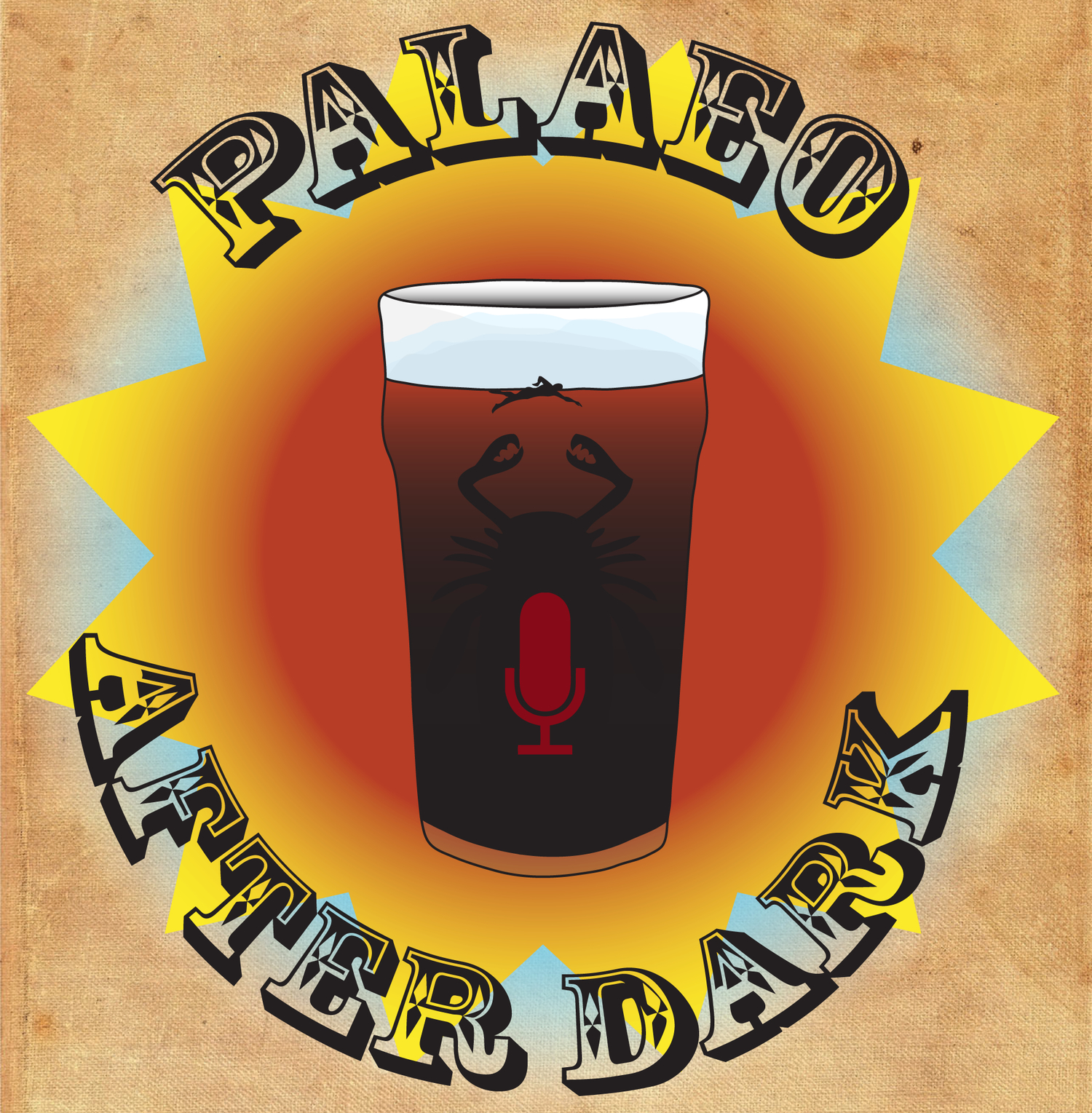The gang discusses two papers about things with legs…. and the word snake is their name. Honestly, we’ve had flimsier excuses for a podcast, just go with it. The first paper looks at a specimen of a legged snake, and the second paper discusses potential evolutionary pathways for convergent evolution in a group of penguin like animals closely related to snake birds (Plotopterids). Meanwhile, Amanda’s computer is doing just fine, James is otter-ly amazing, and Curt knows when to end on top.
Up-Goer Five (Curt Edition):
Our friends talk about two papers which look at animals with legs. The first is an animal that today doesn't have legs but a long time ago animals like it did have legs, very tiny and weird legs. This first paper talks about a dead body of one of these animals with tiny weird legs from a long time ago which has more parts than most. Most other dead bodies we find do not have much of a head, which is really important for deciding how much these old things from a long time ago are the same as the animals that don't have legs today. This dead body has a head, which is cool. It seems that animals without legs first had heads that look like they are today and then lost their legs.
The second paper looks at animals that usually fly but these animals move through water. Some animals move through the water with their arms, but others use their legs to push them through the water. The ones that use their legs seem to drop into the water from above, while others of these animal that can not fly use their arms to move in the water. However, some older animals use their legs to move in the water and did not fly, so this is hard to say for sure. There are also animals in the past who looked like the animals that do not fly, but they seem to move in the water with their legs, not their arms.
References:
Garberoglio, Fernando F., et al. "New skulls and skeletons of the Cretaceous legged snake Najash, and the evolution of the modern snake body plan." Science advances 5.11 (2019): eaax5833.
Mayr, Gerald, et al. "Comparative osteology of the penguin‐like mid‐Cenozoic Plotopteridae and the earliest true fossil penguins, with comments on the origins of wing‐propelled diving." Journal of Zoological Systematics and Evolutionary Research (2020).

















